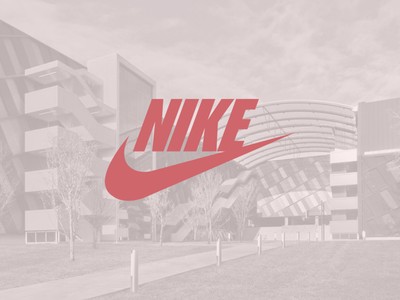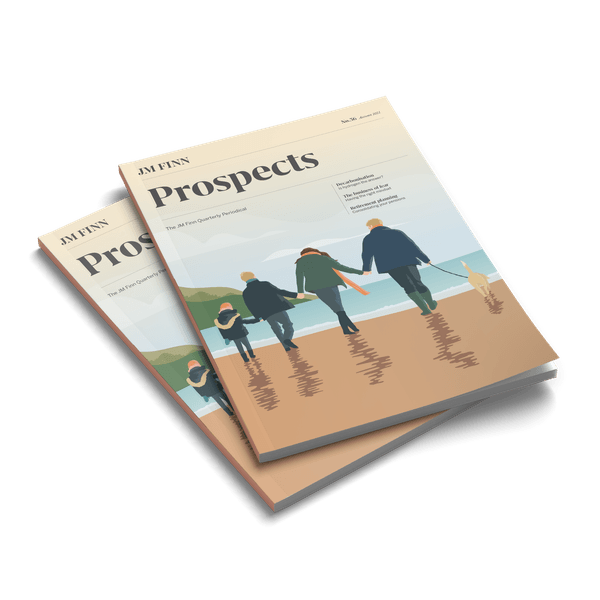Originally trading in products such as fencing, wrought iron shafts and piston rods, the company has grown to amass myriad further capabilities since then. Hill & Smith is one of those companies that makes lots of objects we take for granted every day, but from temporary barriers used to protect road construction workers, to steel lintels used to support doorways, they provide products which no country can function without.
Hill & Smith is a holding company made up of 40 individual operating units. These units are broken up into three reporting segments: Roads & Security (40% of revenue), Utilities (32%) and Galvanising (28%). Geographically, the group is tilted towards the US with 71% of operating profit coming from across the Atlantic. 26% comes from the UK and the remaining 3% comes from the rest of the world (ROW). The group has delivered a ten year revenue growth of 5.8% with 1.7% organic.
Key products in the portfolio are the temporary and permanent road safety barriers in the UK and the crash cushions in the US.
The Roads & Security segment, which has an operating margin of 6.5%, operates predominantly within the UK and US with smaller operations in Australia, France and Sweden. Key products in the portfolio are the temporary and permanent road safety barriers in the UK and the crash cushions in the US. The Security sub-segment contains several UK-based businesses, which provide products such as hostile vehicle mitigation (HVM) solutions - think concrete barriers on London Bridge - and perimeter security - think fences at events and data centres.
The Utilities segment operates in the UK, US and India and has an operating margin of 11.1%. This collection of businesses design, manufacture and supply products for the power generation, utilities, construction and other industrial sectors.
Finally, there is the Galvanising segment, which provides over half the operating profit for the group and has an operating margin of 21.1%. Galvanising is the process of applying a thin layer of zinc coating to steel or iron to prevent corrosion. Galvanising has existed for c.150 years, however due to cost effectiveness and efficiency, there remains little competition. Hill & Smith runs plants in the UK, US and France, with US delivering the highest operating margins thanks to limited competition and high barriers to entry.
The common thread tying these segments together is their focus on niche products, in markets where stringent regulation requires greater protection and sustainability and where they can identify long term growth drivers. To allow the subsidiaries to flourish and be run effectively by the people who know the market best, Hill & Smith runs an autonomous operating model. The businesses are allowed to operate as if they were single entities with their own management team being trusted to make the most sensible decisions for the company.
Over the last year, Hill & Smith has seen a change at the helm with Paul Simmons, previously of Halma, joining as group CEO. Since his appointment, Paul has implemented a more focused approach to the group and has shifted the focus to higher quality acquisitions and more organic growth. He is a proponent of the autonomous operating model and will continue to allow the subsidiaries free rein to run their businesses.
Paul’s inauguration came at a time when many of Hill & Smith’s businesses were not operating at full capacity, with many still recovering from pandemic disruption. The group’s tilt towards the US proved fortuitous as the relatively light lockdowns and classification of many of Hill & Smith’s businesses as ‘essential’ precluded the worst. This will hopefully continue to be a beneficial tilt as infrastructure spending in the US starts to materialise. The UK was most severely hit, with many plants and factories having to close.
Now, nearly nine months on, most of Hill & Smith’s businesses are back up and running and the most recent results saw a strong performance. However, the Security business remains disrupted by the lack of public gatherings. We would expect continued progress here, albeit timing remains uncertain.
As fears of lockdowns subsided, those associated with reopening have prevailed and now the group faces wage and raw material inflation. Hill & Smith has historically been able to pass through increased costs to its customers, aided by the flexibility of its autonomous operating model. However if prices keep rising, this may prejudice their pass-through pricing power and impact profitability. This risk will be one to watch in the coming months.




